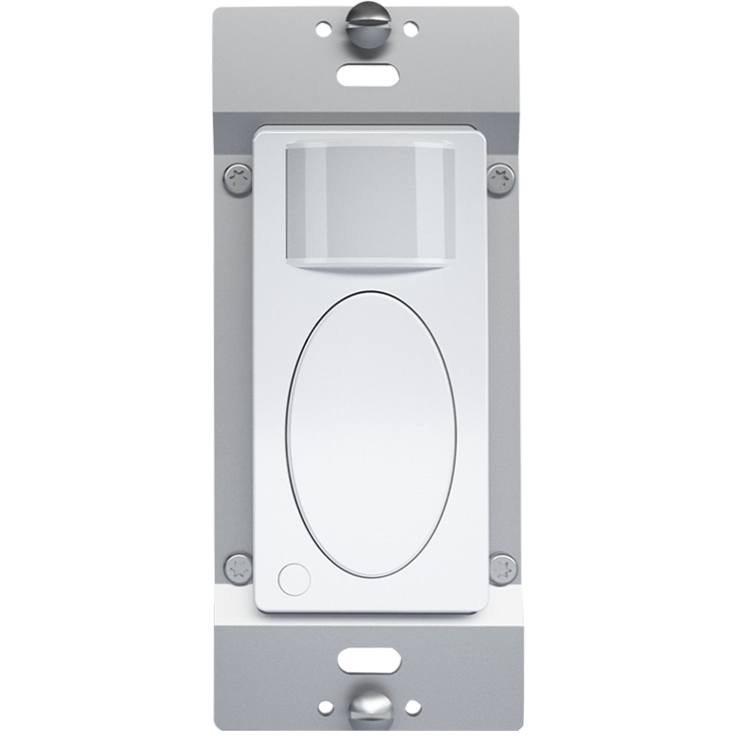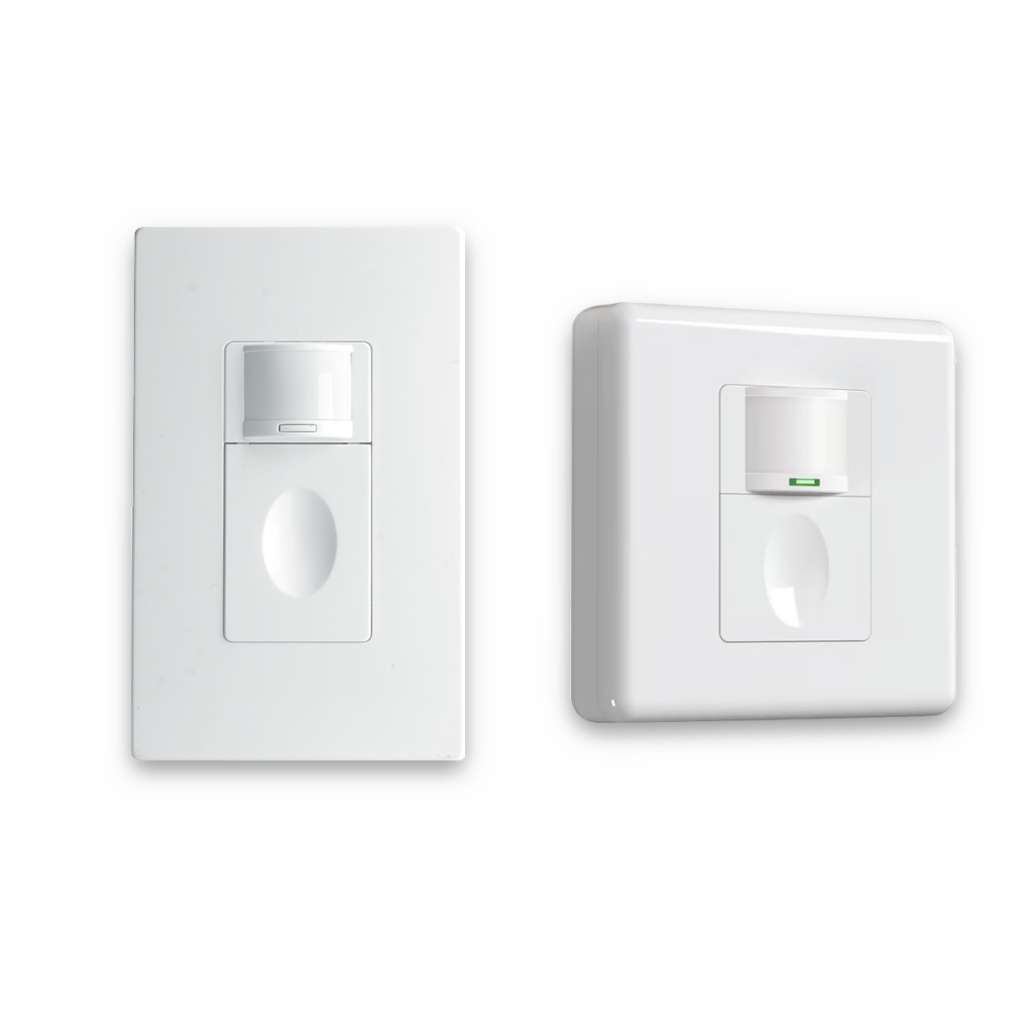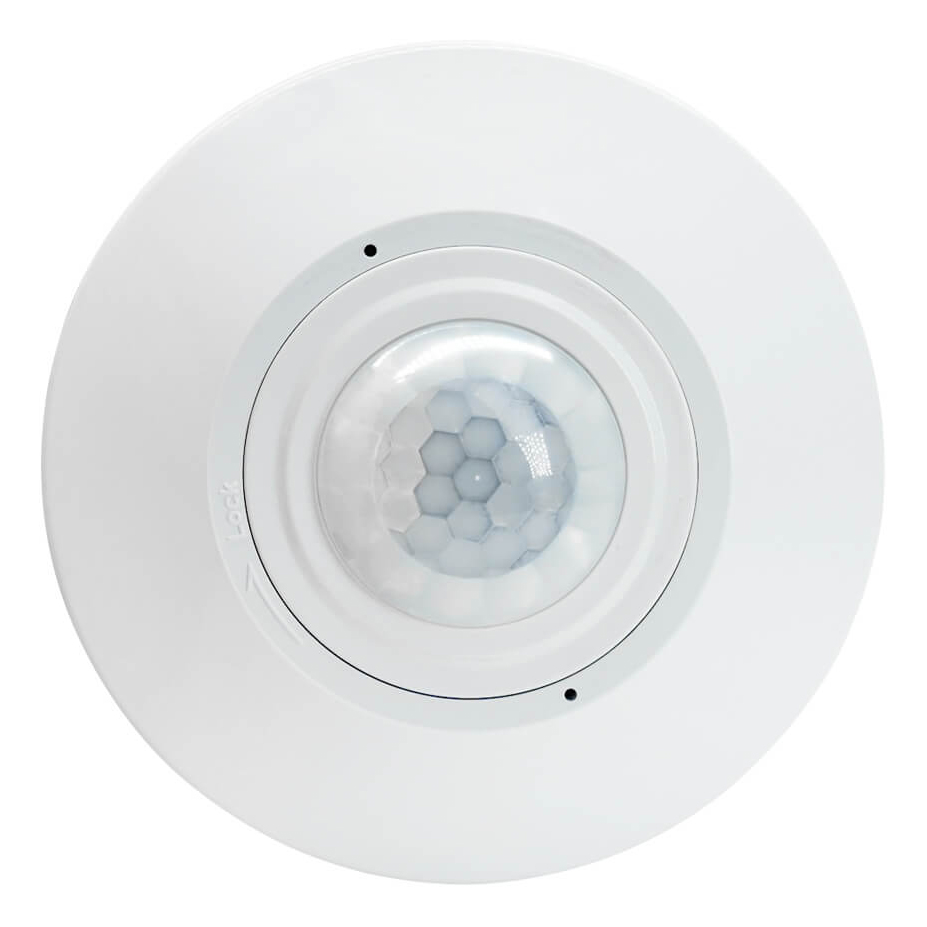
Classrooms
Discover the energy-saving potential of classrooms with Rayzeek’s occupancy sensor design guide. Learn how to meet energy code requirements while creating a more efficient learning environment.
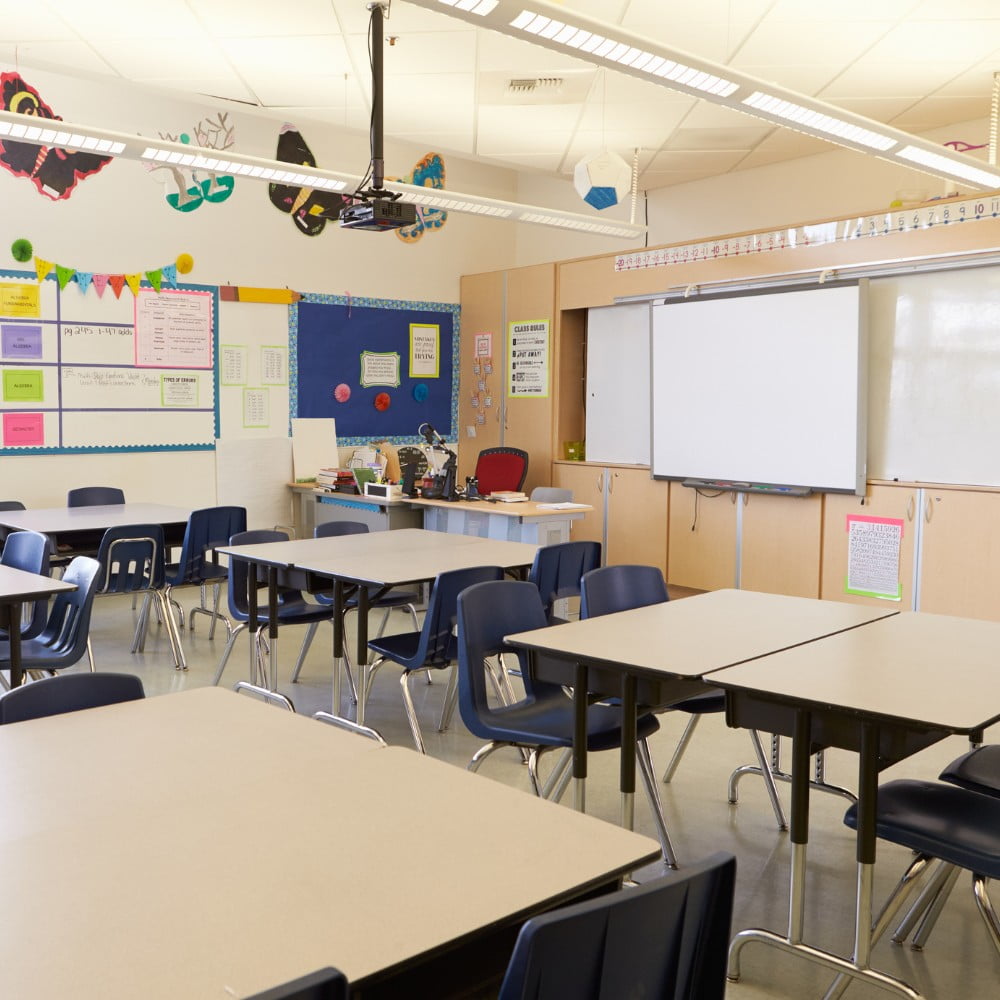
Transforming Classrooms into Energy-Efficient Learning Spaces
Classrooms are dynamic spaces that serve as the foundation for learning and development. They are often filled with a variety of lighting fixtures, from overhead lights to task lighting, all of which contribute to a significant amount of energy consumption. The lighting in these spaces is typically left on for extended periods, even when the room is unoccupied, leading to unnecessary energy waste.
In a typical classroom, the lighting needs can vary greatly depending on the time of day, the activities taking place, and the number of occupants. This variability makes it challenging to manage lighting effectively and efficiently. As a result, there is a pressing need for solutions that can automatically control lighting based on occupancy, thereby reducing unnecessary energy consumption.
The need for energy conservation in classrooms is clear, and one of the most effective solutions is the use of occupancy sensors. These devices can automatically turn off lights when a room is vacant, significantly reducing energy consumption. With Rayzeek’s range of occupancy sensors, classrooms can become more energy-efficient, meeting the requirements of energy codes while also reducing operational costs.
Meet the Energy Codes

The International Energy Conservation Code (IECC) is a model code developed by the International Code Council (ICC) to establish minimum design and construction requirements for energy efficiency in buildings. The IECC is updated every three years to incorporate the latest in energy conservation practices and technologies.
IECC, Why You Should Care
IECC is widely adopted by states and municipalities across the United States. IECC covers various aspects of energy use, including the building envelope (walls, roofs, and windows), heating and cooling systems, and lighting systems.
IECC mandates specific lighting controls, such as occupancy sensors, to minimize energy wastage in unoccupied spaces in various areas.

ANSI/ASHRAE/IES Standard 90.1, Energy Standard for Sites and Buildings Except Low-Rise Residential Buildings, is a widely recognized energy standard published by the American Society of Heating, Refrigerating and Air-Conditioning Engineers (ASHRAE).
ASHRAE 90.1, Why You Should Care
ASHRAE 90.1 is used as a benchmark for building energy codes across the United States and serves as a compliance path within the IECC which outlines minimum requirements for the energy-efficient performance of commercial buildings’ components including building envelopes, HVAC systems, water heating systems, and lighting systems.
ASHRAE 90.1 standard specifies maximum allowable lighting power densities and minimum lighting control requirements, including the use of occupancy sensors in specific areas.
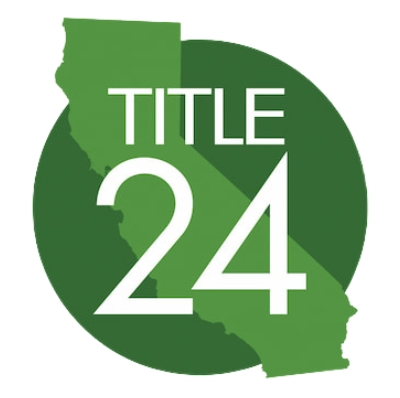
Title 24, part 6 of the California Building Standards Code, officially known as the Building Energy Efficiency Standards for Residential and Nonresidential Buildings, Title 24 is administered by the California Energy Commission and is updated periodically to reflect new energy efficiency technologies and methods.
Title 24, Why You Should Care
Title 24 is known for its rigorous requirements, often considered more stringent than those found in many other energy codes across the United States. Title 24 mandates strict energy performance standards for all aspects of building construction, which includes heating, ventilation, air conditioning (HVAC), water heating, and lighting.
Title 24 requires the installation of occupancy sensors that adjust lighting based on room occupancy in specific areas of commercial buildings to ensure that energy is not wasted.
Energy Code Adoption by State

Expand to see the detailed table ↓
| State | Current Commercial Code | Commercial Code Efficiency Category |
|---|---|---|
| Alabama | 90.1-2013 | 90.1-2013 |
| Alaska | None statewide | No statewide code |
| Arizona | Home rule | <90.1-2007 |
| Arkansas | 2009 IECC and 90.1-2007 | 90.1-2007 |
| California | 2022 Building Energy Efficiency Standards | 90.1-2019 |
| Colorado | Home rule | No statewide code |
| Connecticut | 2021 IECC and 90.1-2019 | 90.1-2019 |
| Delaware | 2018 IECC and 90.1-2016 | 90.1-2013 |
| District of Columbia | 90.1-2013^ | 90.1-2019 |
| Florida | 2021 IECC and 90.1-2019^ | 90.1-2016 |
| Georgia | 2015 IECC and 90.1-2013^ | 90.1-2013 |
| Hawaii | Home rule | 90.1-2013 |
| Idaho | 2018 IECC and 90.1-2016 | 90.1-2013 |
| Illinois | 2021 IECC and 90.1-2019 | 90.1-2019 |
| Indiana | 90.1-2007 | 90.1-2007 |
| Iowa | 2012 IECC and 90.1-2010 | 90.1-2007 |
| Kansas | Home rule | No statewide code |
| Kentucky | 2012 IECC and 90.1-2010 | 90.1-2007 |
| Louisiana | 2021 IECC and 90.1-2019^ | 90.1-2016 |
| Maine | 2015 IECC and 90.1-2013 | 90.1-2013 |
| Maryland | 2021 IECC and 90.1-2019^ | 90.1-2019 |
| Massachusetts | 2018 IECC and 90.1-2016^ | 90.1-2019 |
| Michigan | 2015 IECC and 90.1-2013^ | 90.1-2013 |
| Minnesota | 90.1-2019^ | 90.1-2019 |
| Mississippi | None statewide | No statewide code |
| Missouri | Home rule | No statewide code |
| Montana | 2021 IECC and 90.1-2019 | 90.1-2019 |
| Nebraska | 2018 IECC and 90.1-2016 | 90.1-2013 |
| Nevada | 2018 IECC and 90.1-2016 | 90.1-2013 |
| New Hampshire | 2018 IECC and 90.1-2016^ | 90.1-2013 |
| New Jersey | 90.1-2019 | 90.1-2019 |
| New Mexico | 2021 IECC and 90.1-2019^ | 90.1-2019 |
| New York | 2018 IECC and 90.1-2016^ | 90.1-2016 |
| North Carolina | 2015 IECC and 90.1-2013^ | 90.1-2010 |
| North Dakota | Home rule | No statewide code |
| Ohio | 2021 IECC and 90.1-2019^ | 90.1-2016 |
| Oklahoma | 2006 IECC and 90.1-2004 | <90.1-2007 |
| Oregon | 90.1-2019 | 90.1-2019 |
| Pennsylvania | 2018 IECC and 90.1-2016 | 90.1-2013 |
| Rhode Island | 2018 IECC and 90.1-2016^ | 90.1-2013 |
| South Carolina | 2009 IECC and 90.1-2007 | 90.1-2007 |
| South Dakota | Home rule | No statewide code |
| Tennessee | 2021 IECC and 90.1-2013 | 90.1-2007 |
| Texas | 2015 IECC and 90.1-2013 | 90.1-2013 |
| Utah | 2021 IECC and 90.1-2019^ | 90.1-2019 |
| Vermont | 2021 IECC and 90.1-2019^ | 90.1-2019 |
| Virginia | 2021 IECC and 90.1-2019^ | 90.1-2019 |
| Washington | 2018 Washington State Energy Code | 90.1-2019 |
| Tennessee | 2012 IECC and 90.1-2010 | 90.1-2007 |
| Texas | 2015 IECC and 90.1-2013 | 90.1-2013 |
| Utah | 2021 IECC and 90.1-2019^ | 90.1-2019 |
| Vermont | 2018 IECC and 90.1-2016^ | 90.1-2019 |
| Virginia | 2021 IECC and 90.1-2019^ | 90.1-2019 |
| Washington | 2018 Washington State Energy Code | 90.1-2019 |
| West Virginia | 90.1-2013 | 90.1-2013 |
| Wisconsin | 2015 IECC and 90.1-2013^ | 90.1-2010 |
| Wyoming | Home rule | No statewide code |
- ^ When an amendment impacting energy efficiency can be quantified using DOE Prototype Building Models, they were captured in the analysis.
- For states adopting both IECC and 90.1, the IECC code is usually analyzed as the state current code in this study except for states with extensive amendments to the IECC.
Design Guide Key Concepts for Classrooms
Designing an energy-efficient lighting control solution for classrooms involves strategic placement of occupancy sensors to ensure comprehensive coverage of the space.
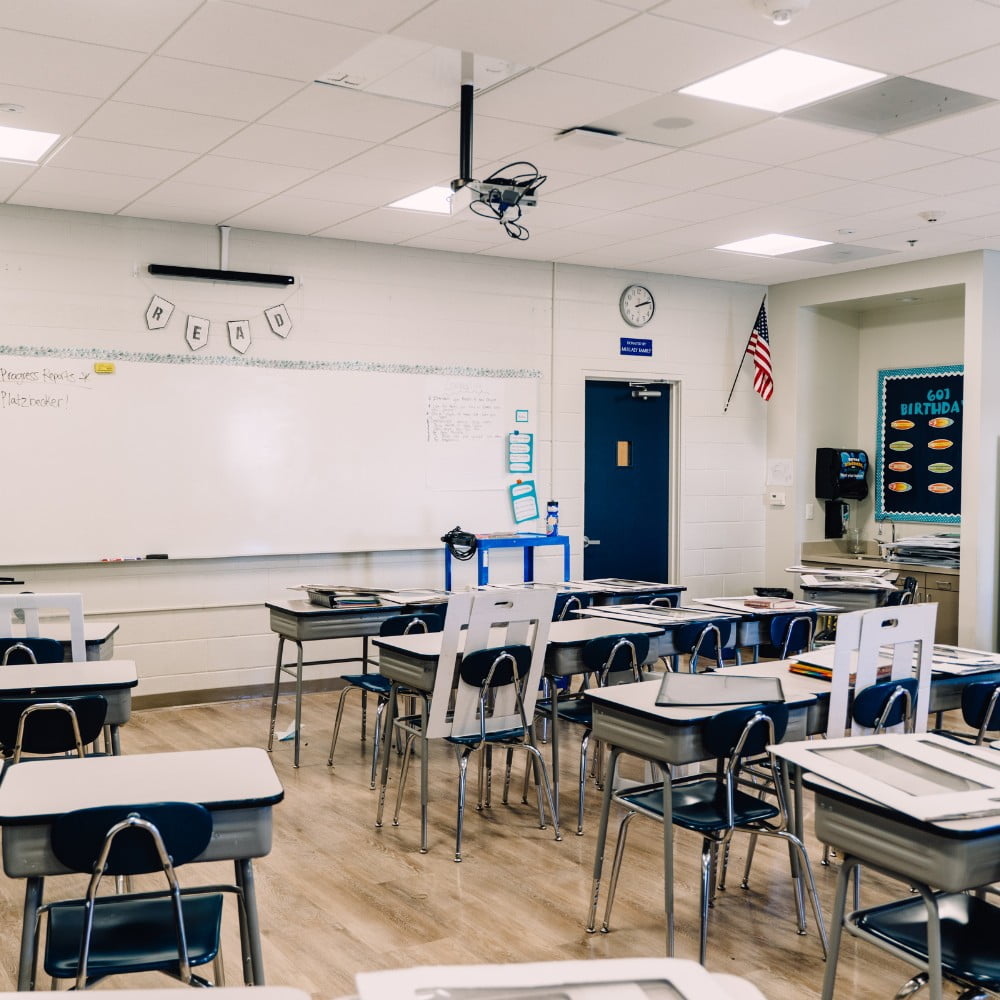
Designing an energy-efficient classroom with occupancy sensors involves careful planning and strategic placement of sensors:
- Wall Occupancy/Vacancy Sensors: Install these sensors near the main entrance of the classroom. These sensors can detect when someone enters or leaves the room, and can automatically turn the lights on or off accordingly. They can also be manually controlled to turn all lights on or off.
- Ceiling Occupancy Sensors: These sensors should be installed in the center of the classroom, ensuring they have a clear view of the entire room to cover key areas such as the teacher’s desk, student desks, and any separate learning areas. They can detect any movement in the room, including minor movements such as students writing at their desks. When no movement is detected for a set period, the lights will automatically turn off.
- Additional Sensors for Specific Areas: If the classroom has specific areas such as a reading corner or a lab area, additional sensors may be needed. These sensors can control the lighting in these specific areas based on occupancy, ensuring that lights are not left on unnecessarily.
- Sensor Placement Considerations: Avoid placing sensors near air vents or other sources of movement that could trigger the sensor falsely. Also, ensure the sensors’ view is not obstructed by tall furniture or fixtures.
- Consideration of Natural Light: If the classroom has windows, the sensors should be programmed to consider the natural light coming into the room. This can help to further reduce energy consumption by utilizing natural light whenever possible.
- Integration with Manual Control: All occupancy/vacancy sensors should be integrated with manual controls. This allows teachers to manually turn off the lights during activities like video presentations, even if the room is occupied.
Featured Products & Solutions
Core features included:
- Integrated manual ON/OFF control for all lighting
- Vacancy sensors (Manual ON only): Lights must be turned on manually only
- Adjustable time-delay, lighting is automatically turned full OFF after 15mins
- Additional: multi-location wireless kits to expand the control range without re-wring
- Additional: multiple wiring options available for both new constructions and retrofit projects.

Meets the Mandatory Provisions
IECC – 2011
C405.2.1 Occupant sensor controls
Occupant sensor controls shall be installed to control lights in the space.
C405.2.1.1 Occupant sensor control functions
- Manual on or partial on to no more than 50% power.
- Full off within 20 minutes after all occupants have left the space
- A manual control to turn off the lights.
ASHRAE 90.1 – 2022
9.4.1.1 a Local control
There shall be one or more manual lighting control device that provides ON and OFF control
of all lighting in the space.
9.4.1.1 b Restricted to manual ON
None of the lighting shall be automatically turned on
9.4.1.1 c Restricted to partial automatic ON
No more than 50% of the lighting power for the general lighting shall be allowed to be automatically turned on
** NOTE: At least one 9.4.1.1 b or 9.4.1.1 c shall be implemented.
For classrooms except shop classrooms (all other classrooms/lecture halls/training rooms):
9.4.1.1 h Automatic full OFF control
All lighting in the space shall be automatically shut off within 20 minutes of all occupants leaving the space
Title 24 – 2022
130.1 (a) Manual area controls.
Each area enclosed by ceiling-height partitions shall provide lighting controls that allow the lighting in that area to be manually turned on and off.
130.1 (c) Shut-OFF Controls.
Lighting shall be controlled with occupant sensing controls to automatically shut OFF all of the lighting in 20 minutes or less after the control zone is unoccupied that shall function either as:
- A. Occupant sensing controls (if 130.1(b) not required to have multi-level lighting controls); or
- B. Partial-ON occupant sensing controls, or
- C. Vacancy sensing controls, where all lighting responds to a manual ON input only
Let us hear you.
Let Rayzeek help design and deliver a bespoke energy-saving lighting solution for you.


